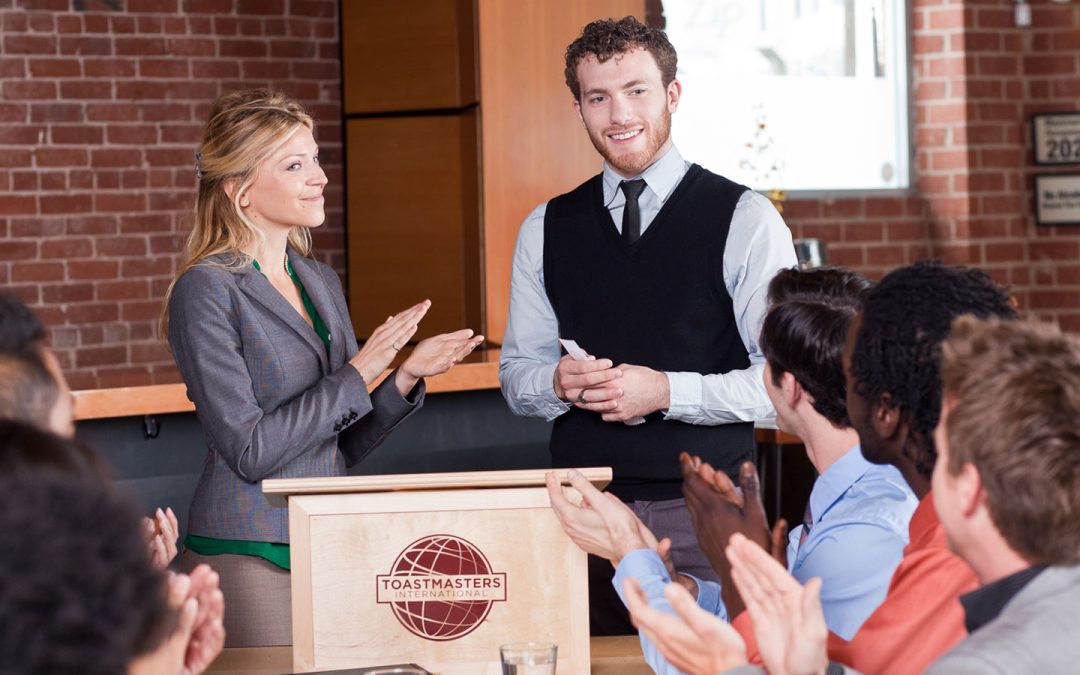– Kathy Bullock
How Can We Incorporate Land Acknowledgements into Our Speeches?
Did you hear the one about the Toastmaster who walked up to the podium and….
A new custom emerged recently that challenges speakers in their attention-getting openings: the land acknowledgement.
I am not advocating a land acknowledgement as a must. Not everyone feels that it is important or necessary. Not everyone will feel comfortable with doing one.
For those of us who want to do a land acknowledgement, how do we, without sapping our sensational openings?
I digress briefly to explain what a land acknowledgement is, and why I believe in them. A land acknowledgement is a short statement to recognize that we live on land that was conquered from indigenous peoples or “purchased” in dubious and insincere colonial treaties. People and city governments across Canada, such as the City of Oakville, adopt a land acknowledgement to recognize past injustices, and as part of reconciliation and good relations to move forward.1
Land acknowledgements typically include naming the treaty and/or indigenous peoples on whose land we live and work. They mention the importance of the land, and finish by thanking the indigenous peoples for sharing the land with us.
Treaty Land Number 14 – The Head of the Lake Purchase
Glen Abbey Toastmasters sits on Treaty Land Number 14, the Head of the Lake Purchase. Signed in 1806, the Mississaugas of the Credit were given £1000 of trade goods and fishing rights along some creeks. 2
Parts of Burlington, Oakville, and Mississauga are in Treaty Land Number 14.
None of us were there in 1806, at this signing. But all of us are beneficiaries of this treaty’s provisions, except the Mississaugas of the Credit. This is why I believe a Land Acknowledgement can be an important step in reconciliation between those of us who are born, or arrived, here recently, and the descendants of those who signed.
Which brings us back full circle to the original challenge: including a land acknowledgement as part of a Toastmaster’s speech.
When Is The Right Time?
Should it be done at the beginning, as is the norm? Should it be done at the end? Can it be part of the speech in the middle?
My spotty practice so far is to give a very short land acknowledgment at the beginning of my speech. I recognize the Chair, our fellow toastmasters, and guests. I tell them that “I begin by acknowledging this land on which I live and work.” I complete a short land acknowledgment by recognizing the Indigenous peoples from here and express my gratitude for being able to be on this land.
I pause for a few seconds, and then launch into the speech, as if I am beginning anew – with the hook, the grabber, the question or quotation to bring the audience to me.
Can other Toastmasters recommend a better way?
I am all ears.
References
1 https://www.oakville.ca/culturerec/indigenous-community.html
2 http://mncfn.ca/head-of-the-lake-purchase-treaty-14/

